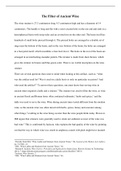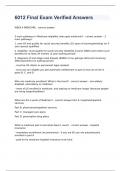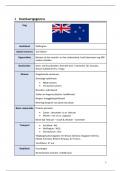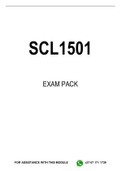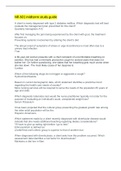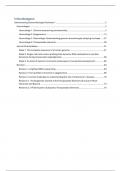Essay
The Filter of Ancient Wine
This essay is about an ancient object, namely a wine strainer. The purpose of the essay is to look at an ancient object and analyze it in the best way possible. My essay was used as an example for the rest of the class.
[Meer zien]
